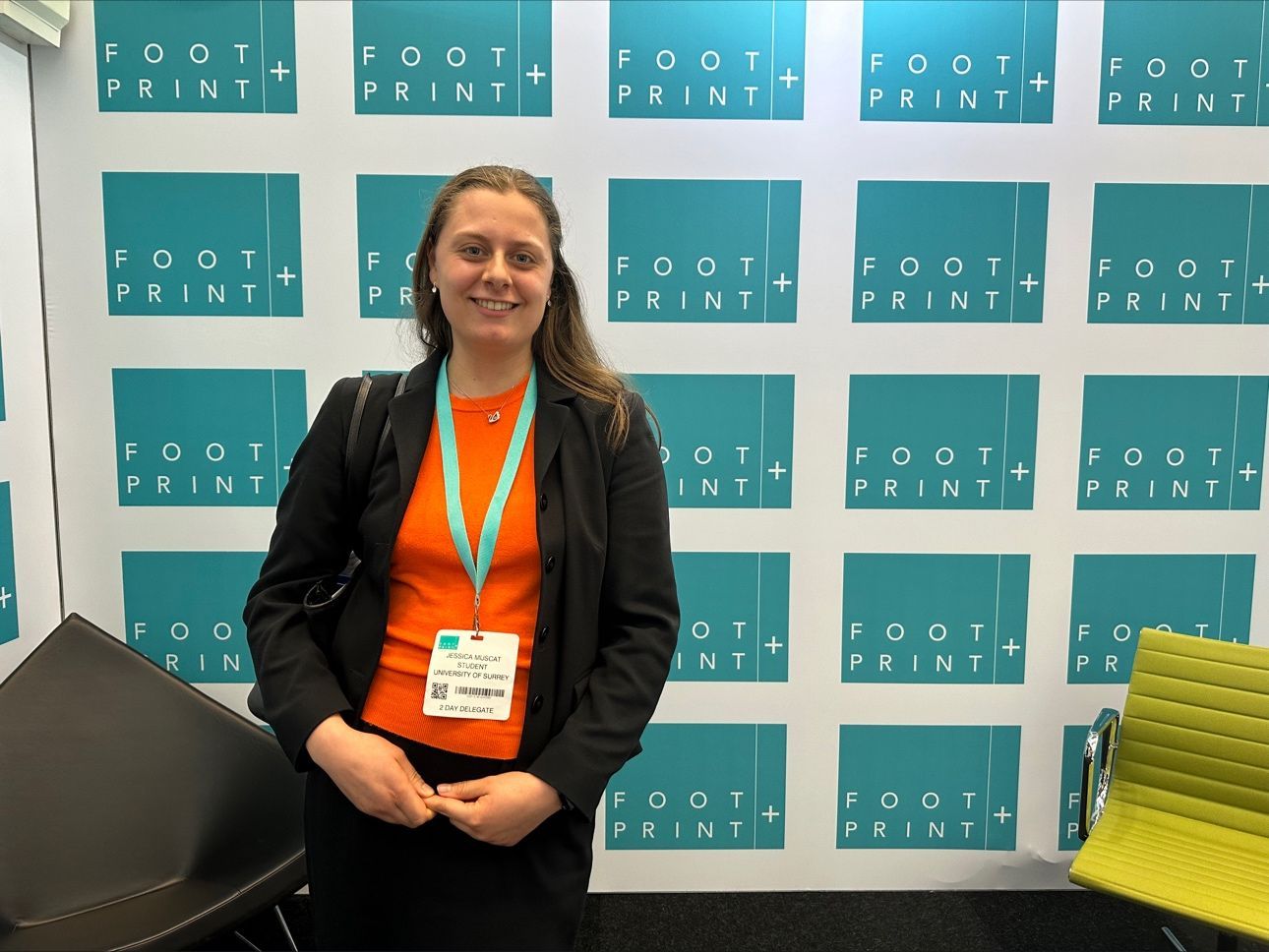Key takeaways from #FP24: A University Student’s Perspective

I had the opportunity to attend the two-day FOOTPRINT+ that was held in Old Billingsgate.
The conference brought together architects, engineers, and academics who shared their sense of urgency for the built environment to address the climate emergency. During the conference, I had the opportunity to meet professionals from various disciplines who kindly shared their experiences with me. There were several talks organised by different sponsors, including Cundall, Harley Haddon, Heyne Tillett Steel, IstructE, and Carbon Trust, among others.
A couple of things I have taken away from this:
• Clients and companies often face uncertainty when considering the implementation of new low carbon cement options such as Calcined Clay, Limestone, and Pozzolana. Architects and engineers may fear the unknown and hesitate to make changes that could alter building designs that have been in place for decades. To alleviate these concerns, case studies can be presented to showcase the positive impact and benefits of using these new sustainable materials. and proof that low-carbon buildings can be designed and successfully implemented need to be shared and discussed within the built environment.
• It is essential to have top-down reinforcement to make it mandatory to conduct Environmental Product Declarations (EPDs) and Life Cycle Assessments (LCAs) as they are currently not compulsory and are left to the discretion of the company. To promote the adoption of low-carbon options in the industry, mandatory requirements are necessary. Standardisation of LCAs is also required for these to become a regular practice as embodied carbon constitutes a significant portion of a company's Scope 3 emissions..
It was lovely to see colleagues from CampbellReith and discuss environmental matters further. I look forward to reaching out to my new connections and attending the next conference.
By Jessica Muscat
University of Surrey
)
)